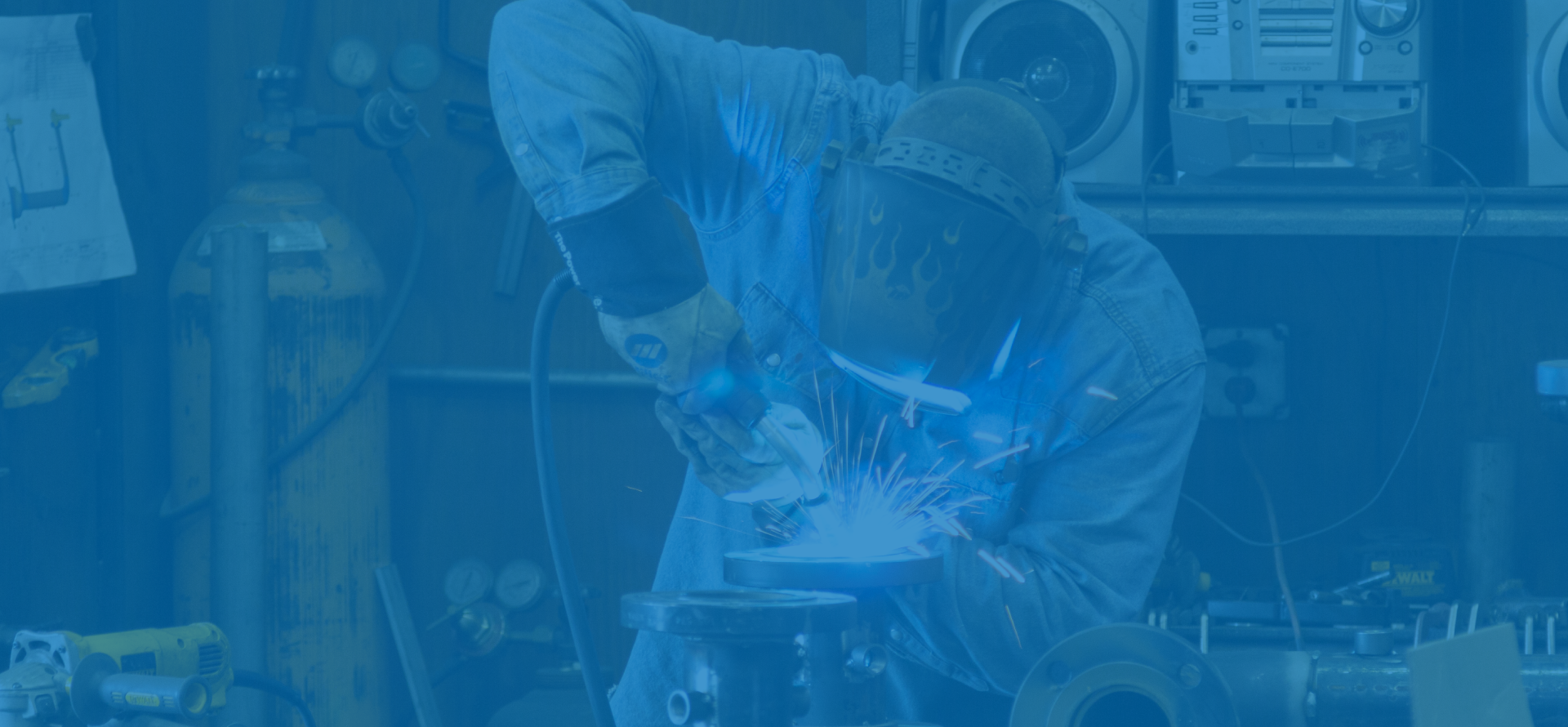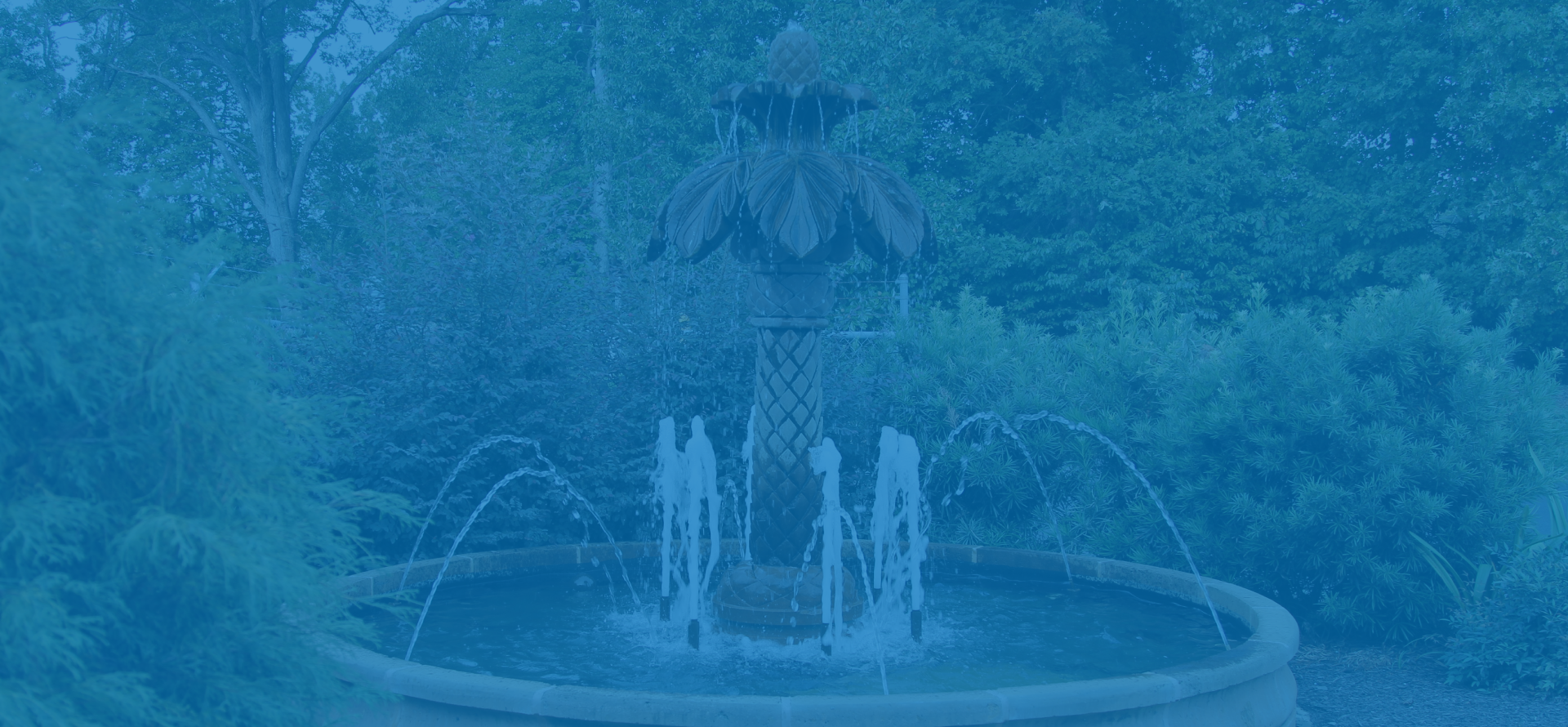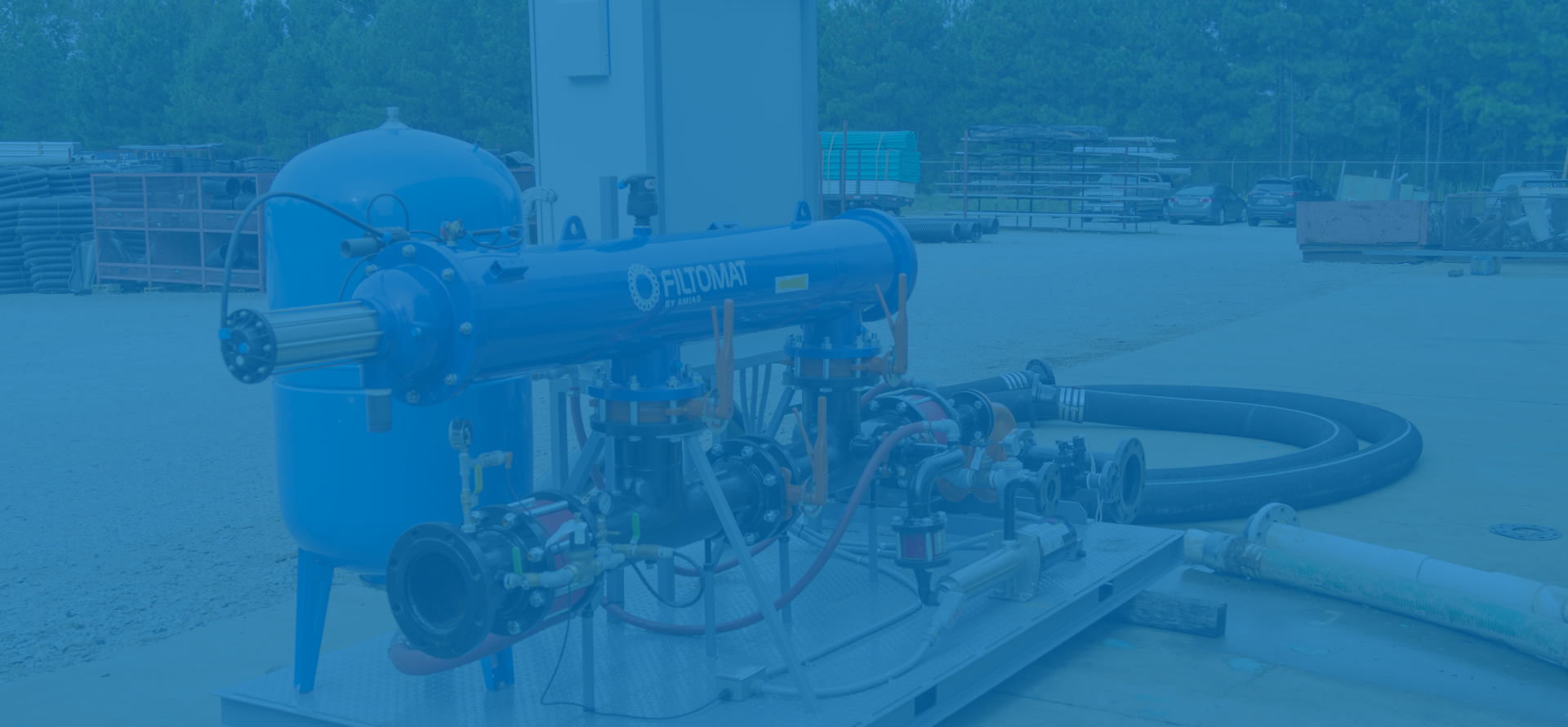7 Secrets to Selecting the Best Sprinkler System Installation for Your Landscape
In today's landscape management, the importance of a well-planned and executed sprinkler system installation cannot be overstated. According to a report by the Irrigation Association, efficient irrigation technology can reduce water use by as much as 30-50%, making it an essential investment for homeowners and landscape professionals alike. As global awareness of sustainability grows, the demand for advanced irrigation systems continues to rise, with the global sprinkler irrigation market expected to reach $4.1 billion by 2026.

Selecting the right sprinkler system installation not only enhances the aesthetic appeal of your landscape but also ensures optimal water efficiency and conservation. In this blog, we will unveil seven secrets to help you choose the best installation services, focusing on quality manufacturing, such as those from top Chinese factories, that can provide reliable and cost-effective solutions for your irrigation needs.
Understanding the Different Types of Sprinkler Systems for Various Landscapes
When selecting a sprinkler system for your landscape, understanding the different types available is crucial to achieving optimal irrigation. According to the Irrigation Association, about 60% of residential water use goes towards irrigation, highlighting the importance of an effective system for both water conservation and plant health. The two primary categories of sprinkler systems are traditional and drip irrigation. Traditional systems often work best for larger, open areas, distributing water evenly across the entire landscape through a series of sprinkler heads. In contrast, drip irrigation is ideal for gardens, flower beds, and specific plant types, delivering water directly to the root zone, which can reduce evaporation losses by up to 30%.
Moreover, recent studies indicate that smart sprinkler systems, which utilize weather data and soil moisture sensors, can further enhance efficiency. The Environmental Protection Agency reports that these advanced systems can reduce water usage by approximately 20-50%, making them an excellent choice for eco-conscious homeowners. Additionally, understanding your landscape's specific needs—such as soil type, plant varieties, and sun exposure—will aid in selecting the right system. Choosing the appropriate sprinkler system not only fosters a beautifully maintained landscape but can also contribute significantly to water conservation efforts in your community.
7 Secrets to Selecting the Best Sprinkler System Installation for Your Landscape
| Type of Sprinkler System | Best For | Water Efficiency | Installation Complexity | Maintenance Level |
|---|---|---|---|---|
| Drip Irrigation | Flower beds, gardens | High | Moderate | Low |
| Sprinkler System | Lawns, expansive areas | Moderate | High | Moderate |
| Soaker Hoses | Vegetable gardens, shrubs | High | Low | Low |
| Rotor Sprinklers | Large lawns | Moderate | High | Moderate |
| Oscillating Sprinklers | Small to medium lawns | Moderate | Low | Low |
Analyzing the Cost-Effectiveness of Different Sprinkler Installation Options
When considering the installation of a sprinkler system for your landscape, it's essential to analyze the cost-effectiveness of various options. One of the first steps is to determine your irrigation needs based on the size of your garden and types of plants. For example, a drip irrigation system may initially seem more expensive, but its efficiency in delivering water directly to the roots can lead to significant savings in water bills over time. Additionally, the reduced maintenance required often offsets the upfront costs.
Another factor to consider is the type of sprinkler head you choose. Impact sprinkler heads are generally less expensive but may require more water, while rotary heads allow for a more controlled and efficient distribution. Investing in smart controllers that adjust watering schedules based on weather conditions can further enhance the cost-effectiveness of your system. Doing thorough research and considering long-term savings can lead to a more informed decision, ensuring your landscape thrives without breaking the bank.
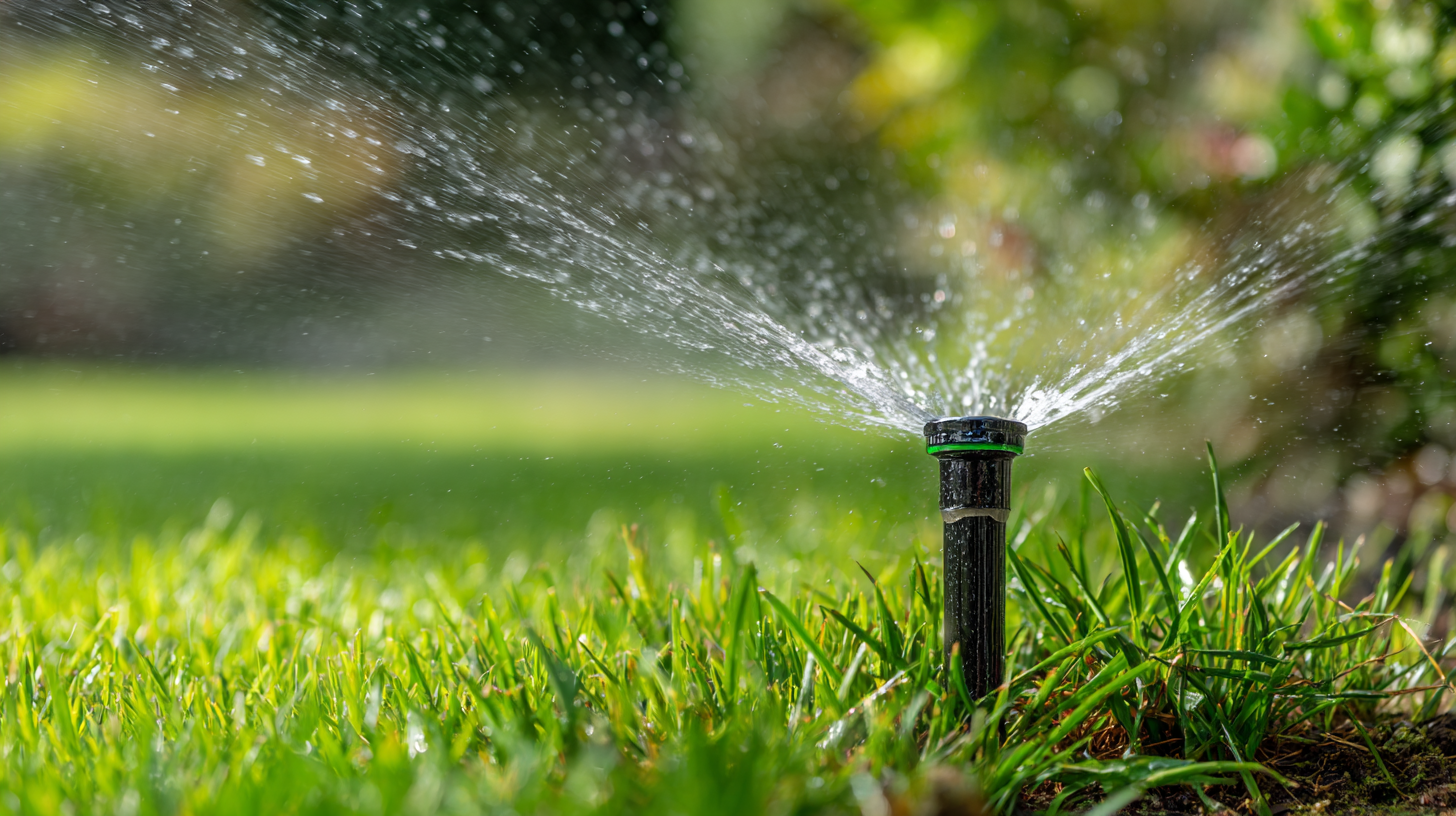
Evaluating Water Efficiency: How Smart Systems Save Resources and Money
When evaluating water efficiency in sprinkler systems, it's crucial to consider how smart irrigation technologies can significantly reduce water usage while maintaining a lush landscape. According to a report by the Irrigation Association, up to 50% of outdoor water use in residential settings is often wasted due to inefficient watering practices. Smart systems equipped with weather-based controllers can adjust watering schedules based on real-time weather data. This capability not only conserves water but also saves homeowners an average of 20% on their water bills.
Tip: Invest in a smart irrigation system that offers soil moisture sensors. These sensors monitor the moisture levels in the ground, ensuring that your plants receive water only when necessary. By leveraging this technology, you can avoid overwatering and promote healthier root systems.
Moreover, the use of drip irrigation systems can further enhance water efficiency. Drip irrigation delivers water directly to the plant roots, minimizing evaporation and runoff. A report from the USDA highlights that utilizing drip systems can reduce water usage by up to 60% compared to conventional sprinklers.
Tip: Schedule regular maintenance checks for your irrigation system to ensure optimal performance. Frequent inspections can help identify leaks or clogs that may lead to water waste, ensuring that your system operates at peak efficiency.
Water Efficiency Comparison of Sprinkler System Types
Importance of Professional Installation: Data on Long-Term Performance and Reliability
When it comes to ensuring the long-term performance and reliability of your landscape, the importance of professional installation for sprinkler systems cannot be overstated. A professional installer possesses not only the necessary technical skills but also the experience to assess your landscape's unique needs. High-quality installation significantly reduces the chances of leaks and malfunctions that can arise from improper setup. Research indicates that professionally installed systems can last up to 20% longer than DIY installations, making them a worthwhile investment for homeowners.
When selecting a sprinkler system, consider hiring a certified installer who can conduct a thorough site evaluation. This step is crucial for identifying the optimal placement of your sprinklers, ensuring even water distribution without wastage. Additionally, ask about their experience and check references to understand their previous work's reliability.
Another tip is to request a detailed plan that outlines the installation process. A good installer should be able to explain how their approach will benefit your landscape's health over time, including considerations for soil type and plant needs. This level of diligence helps ensure that your sprinkler system will operate efficiently for years to come.
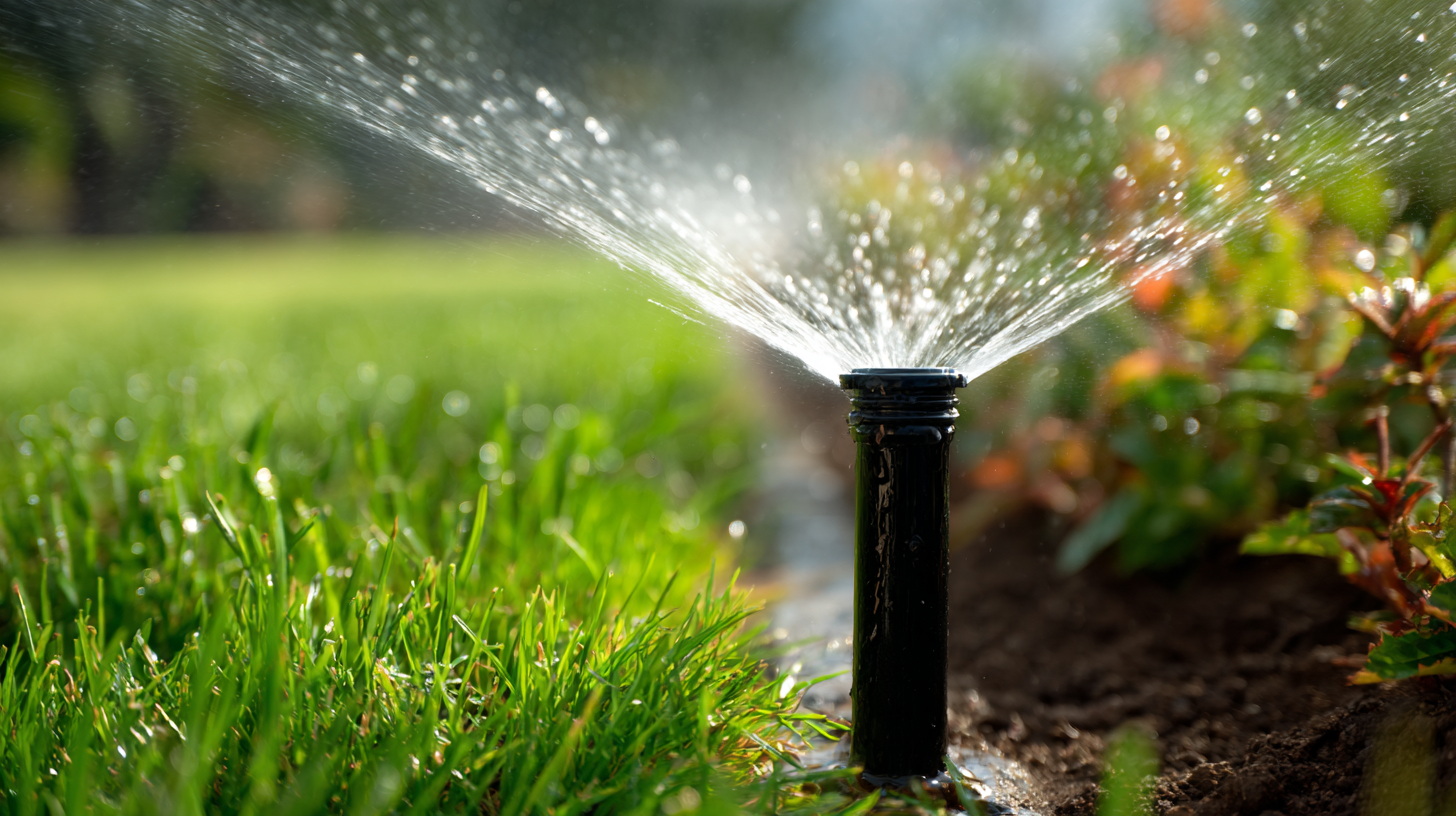
Selecting Eco-Friendly Sprinkler Systems: Benefits for a Sustainable Future
When selecting an eco-friendly sprinkler system for your landscape, it’s essential to understand both the environmental and economic benefits. According to the Environmental Protection Agency (EPA), efficient irrigation systems can save more than 50% of water usage in residential areas. This substantial reduction not only conserves water but also significant savings in utility bills, which can amount to hundreds of dollars annually for homeowners.
Moreover, modern eco-friendly systems, such as drip irrigation or smart sprinklers, utilize advanced technology to optimize water distribution. A report from the Irrigation Association highlights that using smart irrigation technologies can reduce overall water consumption by 20-30% while maintaining healthy landscapes. These systems often incorporate weather data and soil moisture sensors to adjust the watering schedule, helping to prevent overwatering and minimizing runoff, which is essential for sustainable landscaping practices. Embracing these eco-friendly options not only contributes to a greener planet but also enhances the longevity and health of your garden, creating a win-win scenario for homeowners and the environment alike.
Stay Connected
Sign up today to keep up with the newest information from one of the Southeast’s leading suppliers of fluid handling equipment!


